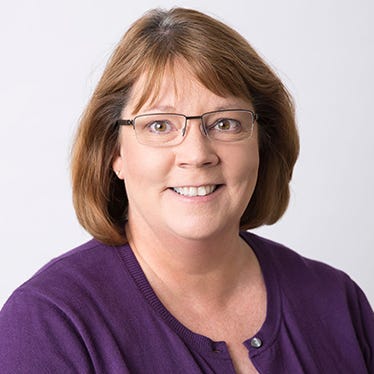If current trends continue to balloon out of control, 22 percent of the global population will be obese by 2045, up from 14 percent in 2017, according to new research presented at the 2018 European Congress on Obesity in Vienna in May.

Moreover, 11.7 percent of the global population will be diagnosed with type 2 diabetes, up from 9.1 percent in 2017 across the same period, placing further strain on health systems. According to the researchers, to prevent the prevalence of type 2 diabetes rising above 10 percent in 2045, global obesity levels must be slashed by 25 percent.
Population data for all countries were obtained from the World Health Organization’s database NCD Risk Factor Collaboration. For each country, the population was divided into age groups. From 2000-2014 (chosen because data is most reliable from 2000 onward) the population in each age group was divided into body mass index (BMI) categories. For each country and age group, the share of people in each BMI class was projected. The diabetes risk for each age and BMI group was then applied, allowing estimations of diabetes prevalence for each country each year. The prevalence for each country was calibrated to match International Diabetes Federation's regional estimates thereby considering differences in way of life, nutrition and genetic disposition for diabetes.
In 2014, three institutions—Novo Nordisk Research and Development (Søborg, Denmark), Novo Nordisk Health Advocacy (Bagsværd, Denmark) and Steno Diabetes Center (Gentofte, Denmark)—collaborated to launch the Cities Changing Diabetes program to accelerate the global fight against urban diabetes. The program began with eight cities: Copenhagen, Rome, Houston, Johannesburg, Vancouver, Mexico City, Tianjin and Shanghai. Seven more cities—Beijing, Buenos Aires, Hangzhou, Koriyama, Leicester, Mérida and Xiamen—have since joined the program.
The program has established local partnerships in the 15 cities to address the social factors and cultural determinants that can increase type 2 diabetes vulnerability among people living in their cities. Part of this work included projections of obesity and diabetes based on both current trends and on a global target scenario. The research has led to an increased understanding of the different challenges each city is faced with regarding genetic, environmental and social determinants of diabetes in that city.
The researchers said individual countries display individual trends and should have their own targets. For example, if current trends in the United States continue, obesity will increase from 39 percent in 2017 to 55 percent in 2045, and diabetes rates from 14 percent to 18 percent. To keep diabetes rates in the stable between 2017 and 2045, obesity must fall to 28 percent. In the United Kingdom, current trends predict obesity will rise from 32 percent today to 48 percent in 2045, while diabetes levels will rise from 10.2 percent to 12.6 percent. To keep diabetes rates at 10 percent, obesity prevalence must fall to 24 percent.
“These numbers underline the staggering challenge the world will face in the future in terms of numbers of people who are obese, or have type 2 diabetes, or both. As well as the medical challenges these people will face, the costs to countries’ health systems will be enormous,” said Alan Moses, senior vice president and global chief medical officer, Novo Nordisk.
About the Author(s)
You May Also Like






.png?width=800&auto=webp&quality=80&disable=upscale)